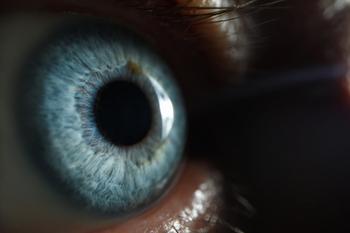
Technology is off to a good start, but improvements still needed

Technology is off to a good start, but improvements still needed

Diagnostic and monitoring advances in glaucoma need fine-tuning

With an eye on innovation, money is driving research of new therapies and devices.

Industry develops creative approaches to help increase patient medication adherence

Panel discusses IOP monitoring, drug delivery, data collection

For many physicians, “moral injury” may be actual issue

High-level observations for how the latest developments can help glaucoma specialists solve problems to achieve the utmost in patient care

Besides traditional medications, here are some of the many novel approaches to treat patients with glaucoma

There are other mimickers of NTG that should be kept in mind

New products increase the chance of early diagnosis

New therapies on the horizon offer options for slowing progression

Novel technologies range from invasive to non-invasive approaches

Marijuana, a non-traditional therapy for most medical problems, may have a bright future in glaucoma treatment based on its mechanism of action in the eye.

Patients with glaucoma have a three to four times greater risk of falling, which exceeds the risks associated with age-related macular degeneration, cataract, or diabetes. Here are some steps clinicians can share with their patients to help reduce falls.

Mobile apps designed to improve and facilitate adherence of patients with glaucoma to their treatment regimens are a step in the right direction but not all may achieve their goal, according to one researcher.

Websites about glaucoma abound, and their main goal is to raise awareness to prevent visual loss. Many websites are specific to glaucoma, but a few also provide information about other eye diseases as well and how to maintain overall eye health. This article describes these resources and some of the practical information that can be found within the websites.

Quality-of-life issues have stepped into the spotlight for glaucoma, and ophthalmologists are learning how to incorporate new insights and tools into their clinical practice.

The silent nature of glaucoma makes the disease especially challenging which is why Prevent Blindness is collaborating with other leading eye care groups in declaring January as National Glaucoma Awareness Month. Awareness is key to early detection and treatment of glaucoma.

Education of in-hospital care givers about anti-glaucoma medications required by inpatients significantly increased the adherence rate to the medication regimens.

Look beyond intraocular pressure for diagnosis and treatment.